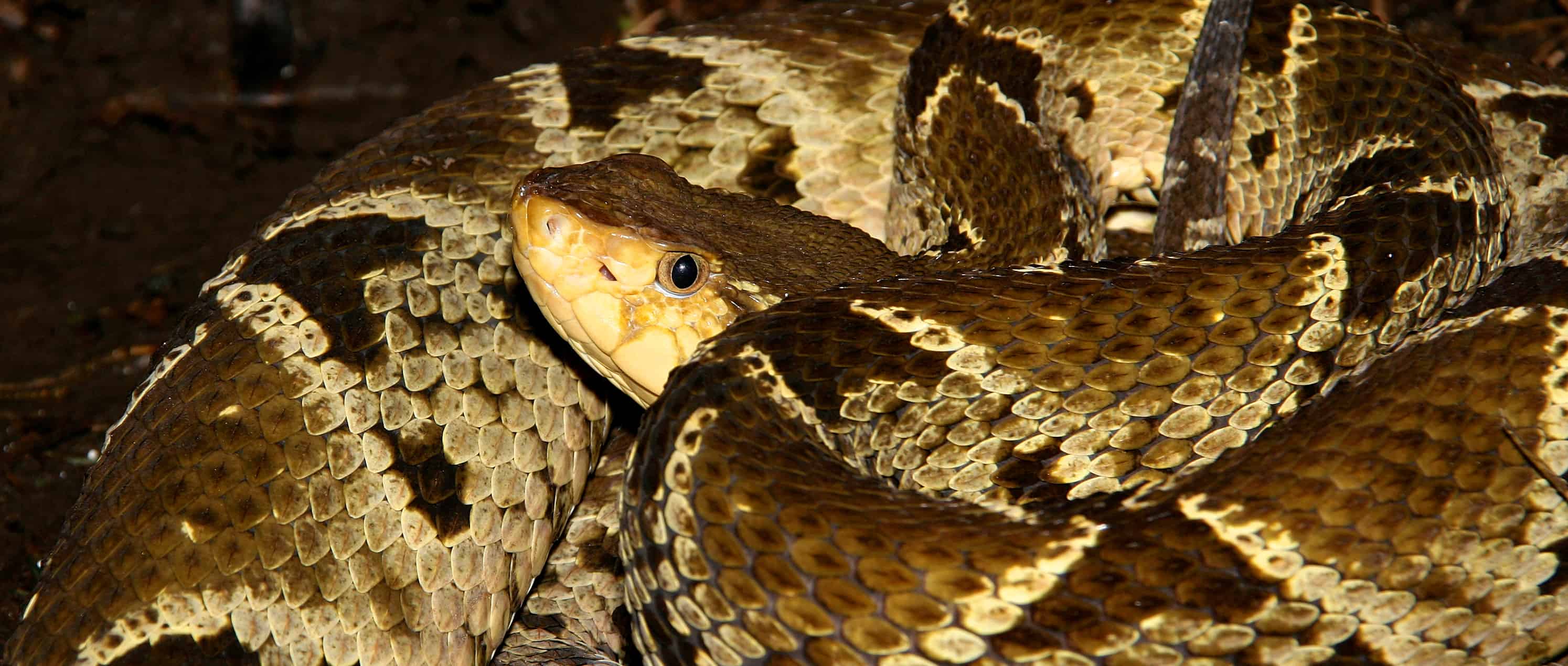Share this article
Extreme Weather May Cause an Increase in Snake Bites
Watch where you step when the weather heats up! The hot and cold phases of weather events like el Niño may cause an increase in snake bites, according to new research.
“What we found unusual is that both extremes of El Niño Southern Oscillation (ENSO), the cold and hot phase, increased the incidence of snakebites. In other diseases only one phase tends to exacerbate disease incidence,” said Luis Fernando Chaves, a professor from Nagasaki University’s Institute of Tropical Medicine in Nagasaki, Japan and lead author of a study published in Science Advances.
The researches focused on extensive snake bite records in Costa Rica from the Ministry of Health from 2005-2013 since reporting a bite is mandatory in the country, and the healthcare system there provides free treatment. The Central American country has around 25 species of venomous snakes, though most bites are from the terciopelo (Bothrops asper), or fer de lance. Researchers built a database of these records and compared them with weather over the years.
During the hot periods, snakes are more active, which may increase the incidence of snake bites. During the cold phases, the reduced availability of easy prey may push snakes into new foraging areas where they may come into more frequent contact with humans.
The results show that snake bites should be added to the list of problems caused by climate change, according to the authors.
“The research was inspired by observations from other neglected tropical diseases,” said Chaves. “Some of my previous research showed that El Niño impacted the transmission dynamics of cutaneous leishmaniasis [a kind of skin infection] and malaria in Central America.”
Chaves also said that certain populations were more vulnerable than others when it came to bites. “Basically, more destitute populations were more likely to be affected by snakebites,” he said.
Coauthor Mahmood Sasa Marin from the University of Costa Rica, said that wildlife managers and public health officers “should take into consideration the relation that is implicit in our findings: that climate phenomenon (and its links to climate change) affects some aspects of snake ecology.”
He said climate change could mean the reduction or expansion of some snake distributions as well. “Although our study did not cover this topic, close monitoring of venomous snake distributions and modelling habitat shifts under climate change scenarios also could help prevent further conflicts and health issues generated by snakes,” Sasa Marin said.
Header Image: A female terciopelo, or fer de lance, an aggressive viper species responsible for most snake bites in the neotropics. Pictured is a female from the Costa Rican Caribbean.
Image Credit: Davinia Beneyto








